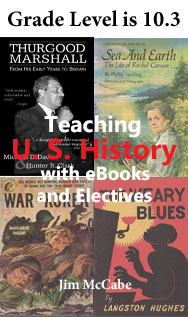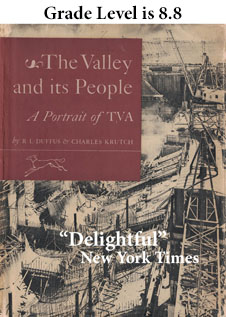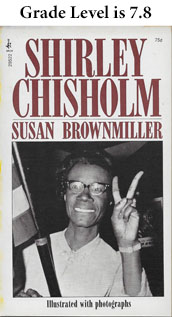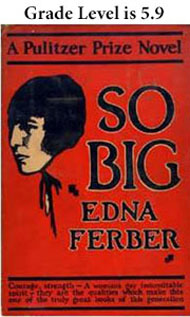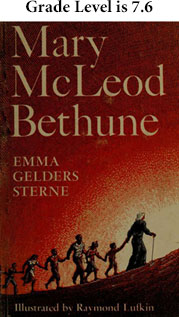The epub format below is for your Apple and Android devices including the Send-to-Kindle feature in Amazon.
Download the mobi file for Amazon devices except the Send to Kindle feature here.
Review:
Here is the beginning of a review from the New York Times. The entire review is in the front matter of the eBook.
From the New York Times, November 19, 1944.
THE VALLEY AND ITS PEOPLE: A
Portrait of TVA. By R.L. Duffus and
Charles Krutch. 167 pp. New York:
Alfred A. Knopf. $2.75.
By D. F. FLEMING
Professor of Political Science Vanderbilt University
“THIS Is an important volume and it is also one of the most delightful books this reviewer has ever read. Printed on a format a little larger than usual, and in large print, it contains 200 photographs portraying as nothing else could the majesty of the TVA undertaking and its many-sided stimulation of the life of the valley people. It can all be read in two or three hours of vivid adventure.
“The text, by R. L. Duffus. tells the story of the greatest experiment in area development in our history. It begins with the havoc man had wrought in the valley— 2,500,000 acres of land ruined beyond repair; traces the long struggle to utilize the immense Wilson dam built during World War I at Muscle Shoals, and describes the decision in 1933 not only to use the dam but to build many others and develop the great valley as a whole.
“It was fortunate that a man of long vision, Senator George W. Norris, sat as the head of the Senate Committee on Agriculture and Forestry when the time came to commission TVA to work for the maximum of (1) flood control; (2) navigation; (3) electric power; (4) land development; 15) reforestation; (6) “the economic and social well-being of the people.” Norris stood, staunchly for all these objectives, but especially for the last. …”

